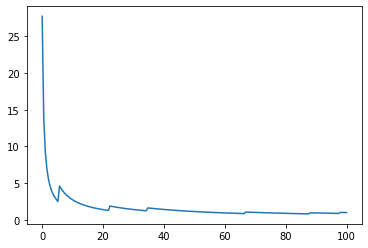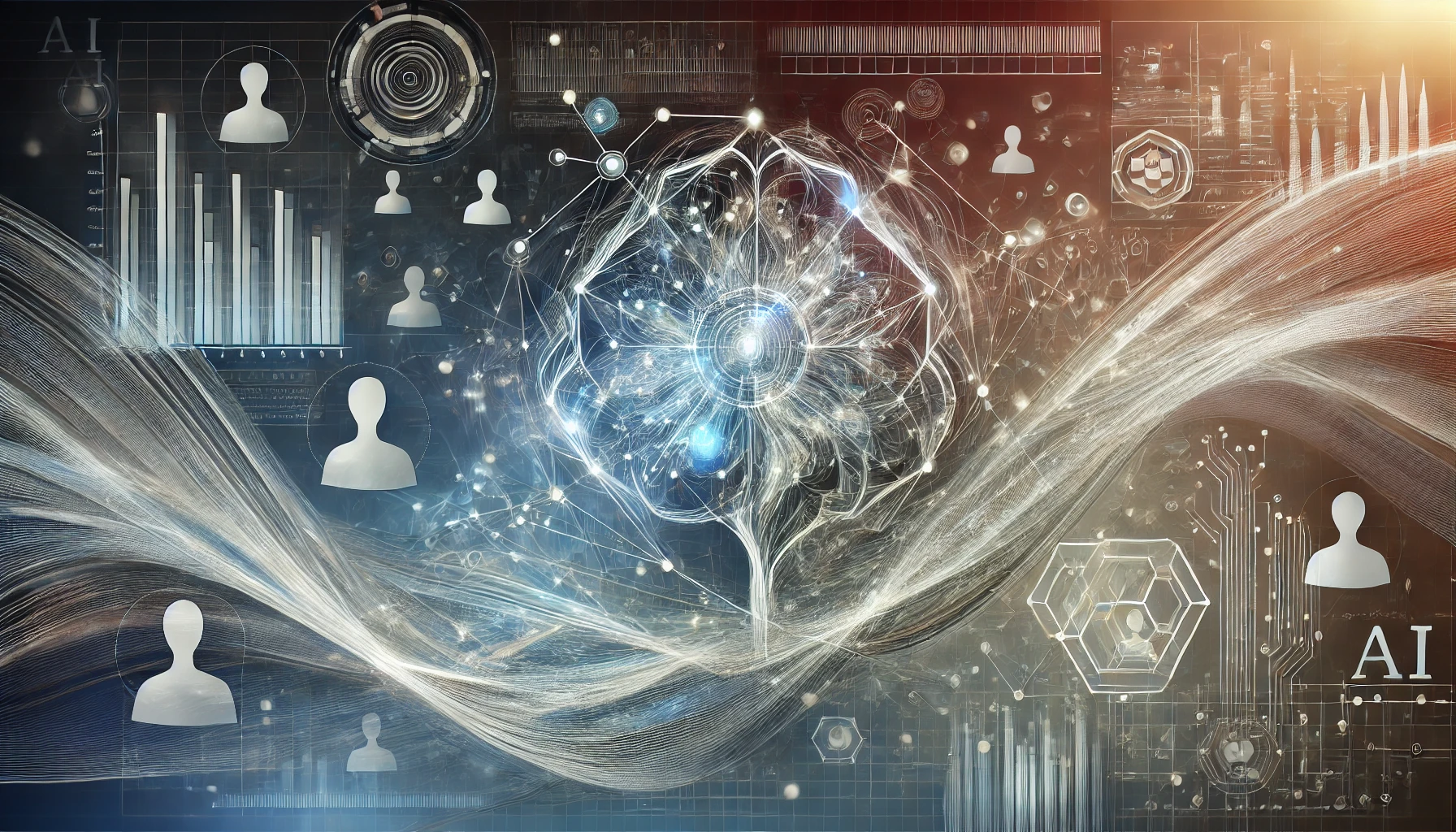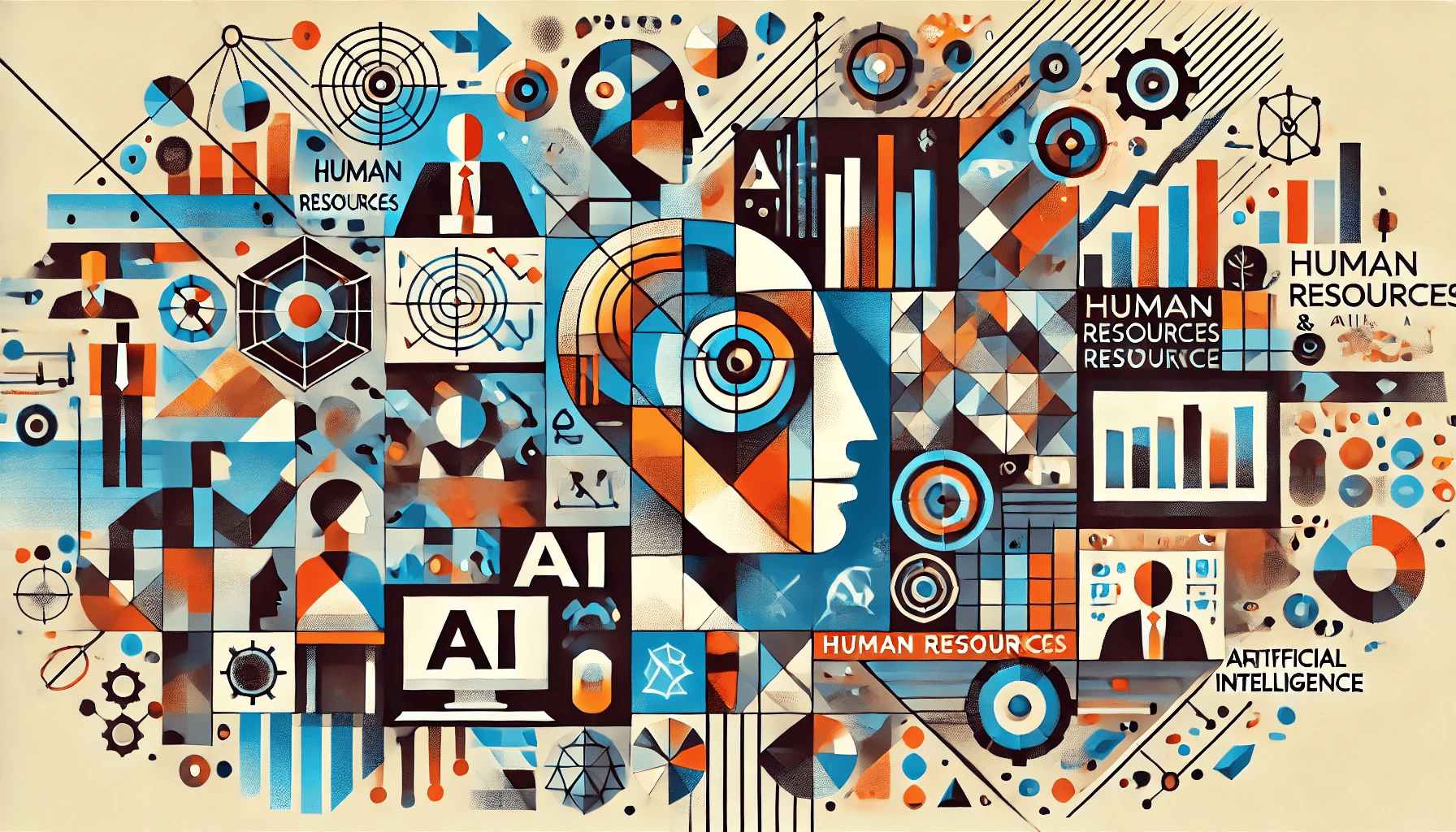Employee turnover is a costly headache for organizations, with hiring and training expenses often reaching 60% of an employee’s annual salary. For HR managers juggling hundreds of employees, identifying and addressing dissatisfaction before it leads to resignation can feel like an impossible task. But artificial intelligence is stepping in, promising to transform how HR departments approach retention.
In our previous article, AI for HR: Predicting Employee Turnover, we explained the concept of using predictive analytics to predict if people are about to quit. Now, we want to show you how HR software powered by predictive analytics can work in the real world with real users.
It is always painful to lose good people, and every good manager knows it. Yet, it’s usually the job of the HR department to keep the turnover rate low. How? By trying to recognize signs that an employee is about to quit and acting preemptively to get them to stay. This is a difficult task, especially in a company with hundreds of employees where the HR department can’t pay close attention to everyone.
But today, HR Managers can empower themselves with AI assistance. In fact, software solutions powered by predictive analytics monitor all employees simultaneously and can predict who might develop an intention to quit.
As a software company with a knack for innovation, we asked the researchers at LaSoft’s Digital Innovation Lab to develop algorithms and find out if AI could help HR managers solve the problem of employee retention. Did we succeed? Do HR managers need and trust those predictions? What are the main problems they face today? Keep reading to discover our findings.
The Concept Solution
The greatest strength of artificial intelligence is its ability to analyze massive amounts of data, including every employee’s:
- Performance metrics
- Attendance records
- Compensation and benefits (compared to other employees and industry medians)
- Career progression
- Location
- Gender
- Position
- Occupation
- Direct manager
A human cannot simultaneously analyze all those aspects. This is why AI algorithms and prediction models may help.
Additionally, it will analyze external aspects, such as industry trends, job market conditions, and economic factors. Once it spots troubling patterns, an AI-based system will alert an HR manager that some employees are at a higher risk of leaving.
All this sounds like a theoretical solution, but does it actually work? LaSoft experimented with applying machine learning to predict employee turnover, and the results are here.
Our AI-based tool should give HR teams and managers more profound insights into employee turnover and retention, potentially saving companies between $15,000 and $50,000 per 100 employees annually.
The model will become even more accurate with consistent use and continuous improvement in data quality and quantity. Potential benefits should be obvious:
Interview with HR Managers
We met with more than 15 C-level HR Executives and asked them similar questions to determine the real problems HR managers face. The answers were more or less the same.
Hiring new employees is expensive and time-consuming. Finding and training a new hire may cost a company up to 60% of the employee’s annual salary, and the whole process takes more than a month.
One way HR managers try to reduce turnover is by listening to employees’ concerns and finding ways to address them. They have to understand people’s feelings about their jobs: Are they satisfied with working conditions, and do they have any personal, emotional, or psychological reasons to quit? But it’s not that easy.
Too many people to manage
We discovered that an average HR manager in a medium-sized or large company is responsible for around 150 employees. To ensure their well-being, the HR would have to regularly survey them and manage their job satisfaction—from training and compensation to dealing with work conflicts and advocating for equality.
Too many systems and features
It can be difficult for HR managers to capture all the information about a particular employee if it’s spread across different systems and reports. Doing this for a hundred employees is mission impossible.
And then there’s feature overload. Software developers try to impress users with a multitude of app features, making it increasingly difficult to learn them all. So, HRs might not even be aware of many useful functions the systems they use already have. When LaSoft interviewed HR managers as part of our research, one respondent said, “I think we already have this [turnover analytics] in our system, but I don’t know where it is or how to use it.”
Unclear reports
HR reports usually contain the annual or monthly turnover rate (which is probably calculated manually by HR managers), salaries, data on completed training, etc. As helpful as this data is for identifying overall trends and introducing company-wide or department-wide changes to reduce turnover, the insights gained from it are not useful for working with employees on a personal level.
For example, one insight might be that it’s time to increase salaries by 10% due to inflation or new industry-wide expectations. But that won’t help retain employees who feel they need more opportunities for personal development.
HR Interview Summary
- Not every company has a goal to reduce employee turnover; some of them are fine with having a high turnover. And hiring and training new employees is just a part of their business routine.
- Some HR managers, especially from the USA, are confident that the company does not have to keep all the people and say that it will be better if some people leave the company.
- HR managers trust their instincts more than algorithms and data. Also, they tend to believe that if an employee decides to go, he/she will go anyway.
- The current HR systems are already too complex. HR managers are only a fraction of all the functions. Some HR managers believe that their system has the turnover prediction algorithm, while in reality, it is not.
While our tech team was still working on the AI prediction solutions, having interviews with HR leaders was a big wake-up call for our product team. To some extend we understood that maybe we were solving a wrong problem for the wrong audience.
Is there a solution?
Performance-related data alone isn’t enough to predict and prevent turnover. That’s why we also need to add factors that influence flight risk, including personality traits and emotional well-being.
People don’t quit just because they’re not satisfied with working conditions. Often, personal reasons play a crucial role in how long an employee stays with a company. So, HR managers have to consider:
- Age (90% of Gen-Z employees, 92% of Millennials, and 83% of Gen-X workers are considering job changes, compared to only 48% of Baby Boomers)
- Relationships with coworkers (peers and managers)
- Personal life (when a person needs time off in the morning to care for a sick relative, they might eventually leave their job to be a primary care provider if they can’t get a more flexible schedule)
- Emotional and mental well-being (if an employee feels burned-out at work, they are at risk of leaving)
A combination of both approaches could help HR predict employee turnover more accurately. This is where artificial intelligence comes in.
Results from our Data Science Team.
Based on the track record of AI tools, we can confidently say that artificial intelligence can help HRs with quite a few things.
Analyze behavior to detect emotional issues.
Applied to HR, AI can collect and analyze data to find patterns in attendance, punctuality, and work engagement to determine if an employee is close to burnout. It can also look into the details of an employee’s days off or sick leaves to determine if they need additional support to deal with personal stressors.
LaSoft’s AI experiment
At LaSoft, we’ve gathered ten years’ worth of data from our company to develop an AI model that can predict turnover. We call it HR Insights—a system that analyzes recent data and alerts an HR team three months before an employee is likely to leave.
Currently, the model uses the following data:
- Personal history
- Salary timelines within a company
- Demographic information (e.g., gender, age)
- Industry conditions
- Current salary levels across the industry
- Performance reviews
- Productivity
- Industry trends
Even though we have a small amount of data, using the right approach, we managed to organize the HR calendar five times more effectively, as they are focused on employees with the highest flight risk.

We do not move with this feature on the market as we consider this project as a concept, proving that AI can be helpful for HR teams.
The HR Insights concept includes customizable dashboards, easy report generation, email notifications about employees at risk of leaving, and integration with major HR systems like UKG, ADP, Workday, Ceridian, and Bamboo HR. Each month, the system sends reports identifying employees at risk of leaving through email notifications, a Chrome extension, or the HR Insights web app.

Conclusion
Theoretically, an AI system that constantly analyzes dozens of data points that influence turnover is invaluable for every HR team. This system can even be implemented to plan the HR schedule with better outcomes, focusing on those who have a high flight risk.
However, in the real world, human judgment and open communication are still primary tools for HR teams that want to manage turnover risk. HRs do not trust algorithms and rely on their intuitive judgment. Also, HR managers do not use HRMS to their full potential, and having another feature is rather a burden than an advantage.
Nevertheless, artificial intelligence is not a competitor but a partner capable of simplifying many processes and expanding the capabilities of HR departments. The combination of algorithmic precision and human intuition paves the way for creating more fulfilling working conditions, increasing employee loyalty, and reducing turnover.
Companies that are willing to invest in technology while simultaneously fostering a culture of openness and care for their employees have every chance not only to retain valuable talent but also to become an employer of choice. Artificial intelligence is a tool to make HR strategies smarter, processes more efficient, and teams stronger.
If you still want to learn more about how AI can help reduce your retention rate, don’t hesitate to contact LaSoft Digital Innovation Lab.


